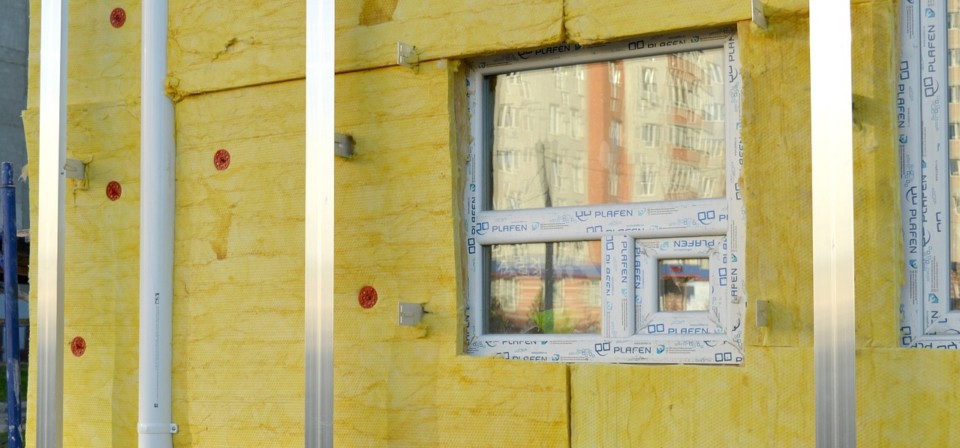
The thermal insulation of the building is one of the mandatory criteria to be taken into account when renovating a home. It not only protects the environment, but also saves money.
Why do thermal insulation work on the building ?
The stakes are twofold. The first is to improve the building’s performance in terms of energy consumption, i.e. to improve energy efficiency. A household’s savings can decrease considerably if the thermal insulation of buildings is well done. Housing costs, especially for heating, are significantly reduced on your electricity bills. It is also necessary to take into account the gain in comfort and market value of the property, in the event of resale.
It is also about limiting its carbon footprint on the planet by reducing the waste of fossil fuels and therefore greenhouse gases emitted.
What is the regulation that applies in terms of thermal insulation of the building in the renovation ?
The thermal regulations are defined according to the decree of May 3, 2007. It has been successively modified over time. We are now in the process of amending the decree of 22 March 2017 on the thermal characteristics and energy performance of existing buildings.
The regulations require that:
- The resistance R of an opaque wall must be greater than or equal to the minimum regulatory level. This level depends on the climatic zone in which you live (West, East or South of France).
According to Ademe, the strength of a material reflects its ability to prevent the passage of cold or heat for a given thickness. The higher the R, the more insulating the material.
- The thermal transmittance U of a glass wall must be less than or equal to a maximum level depending on the type of glass wall.
Interior or exterior insulation ?
Different types of work can be carried out to ensure good thermal insulation of the building for which you are responsible. Know that you first have the possibility of thermally insulating your building with interior or exterior insulation.
Interior insulation is the most common. You can make it piece by piece. However, you should know that it consumes living space as opposed to external insulation. It is a good alternative in terms of costs, and for buildings whose external appearance you want to preserve.
External insulation concerns the entire building and is generally carried out by a craftsman, as it requires major work. It has the advantage of not consuming any interior space and not disturbing your daily life. It also avoids thermal bridges, which means higher performance than internal insulation.







